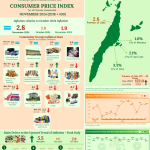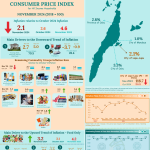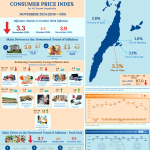
Philippine Statistics Authority (PSA) – Bohol announces the conduct of Press Conference on the July 2024 Inflation Report of Bohol on 15 August 2024 (Thursday) at 10:00 AM. Media personnel will attend onsite at the Bohol Provincial Statistical Office, 3rd Floor, Galleria Luisa Bldg., Poblacion II, Tagbilaran City, Bohol. Furthermore, Bohol-Provincial Statistics Committee (B-PSC), Information Officers of the 48 Local Government Units (LGUs), and Private Sectors are encouraged to attend through video conferencing using Zoom.
Ms. Jessamyn Anne C. Alcazaren, Chief Statistical Specialist of PSA-Bohol, will be the resource person for the event. Since its inception in February 2024, this press conference has now become a monthly event organized by PSA-Bohol, ensuring regular and timely dissemination of information with regards to trends of price movements at the provincial level.
Highlights of the Press Conference will be live streamed at PSA-Bohol’s official Facebook page /psabohol. The video conference will be accessible through this link: http://tinyurl.com/BoholPressCon.
(SGD.) JESSAMYN ANNE C. ALCAZAREN
Chief Statistical Specialist
Philippine Statistics Authority - Bohol
EBG/VPG/FDT




